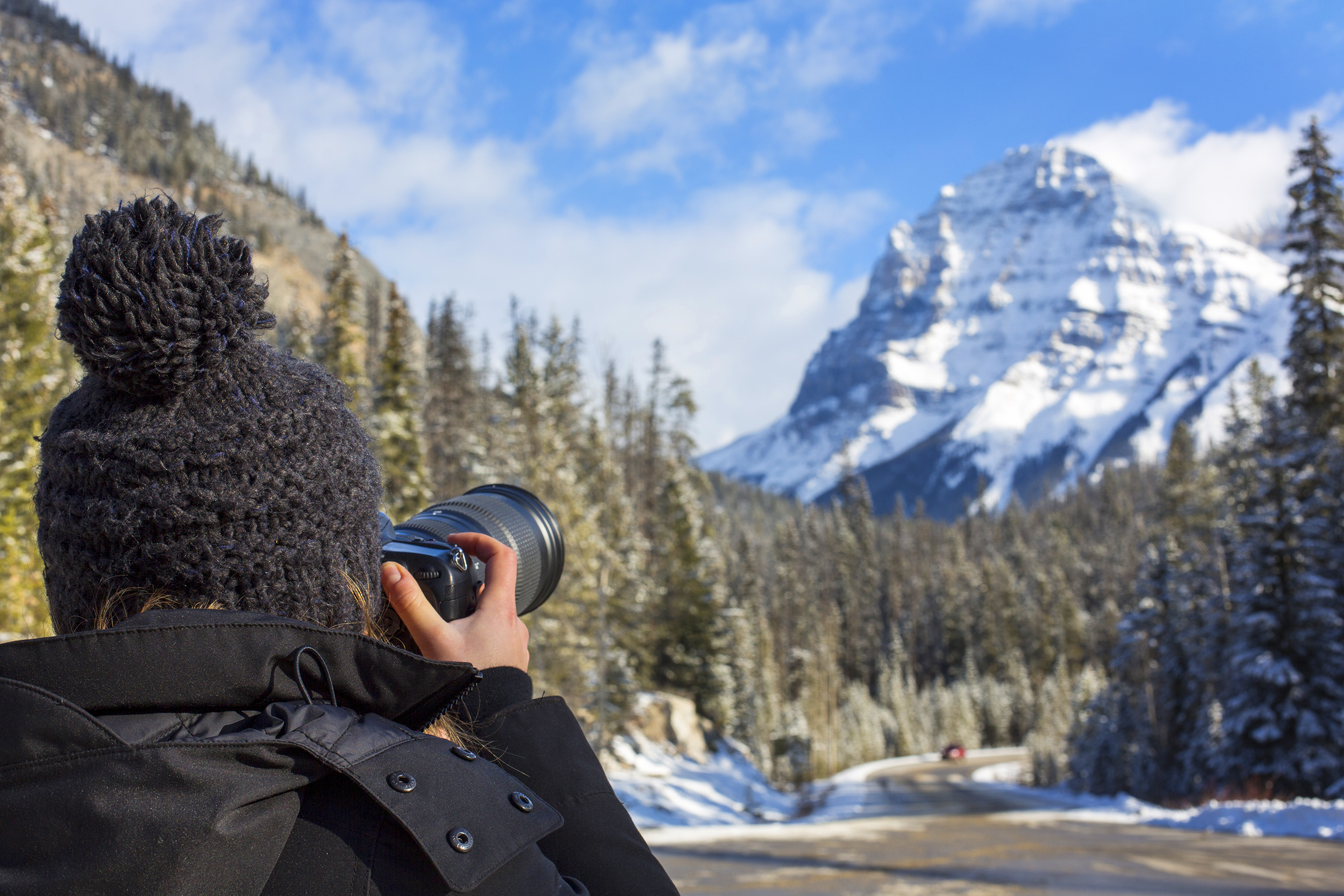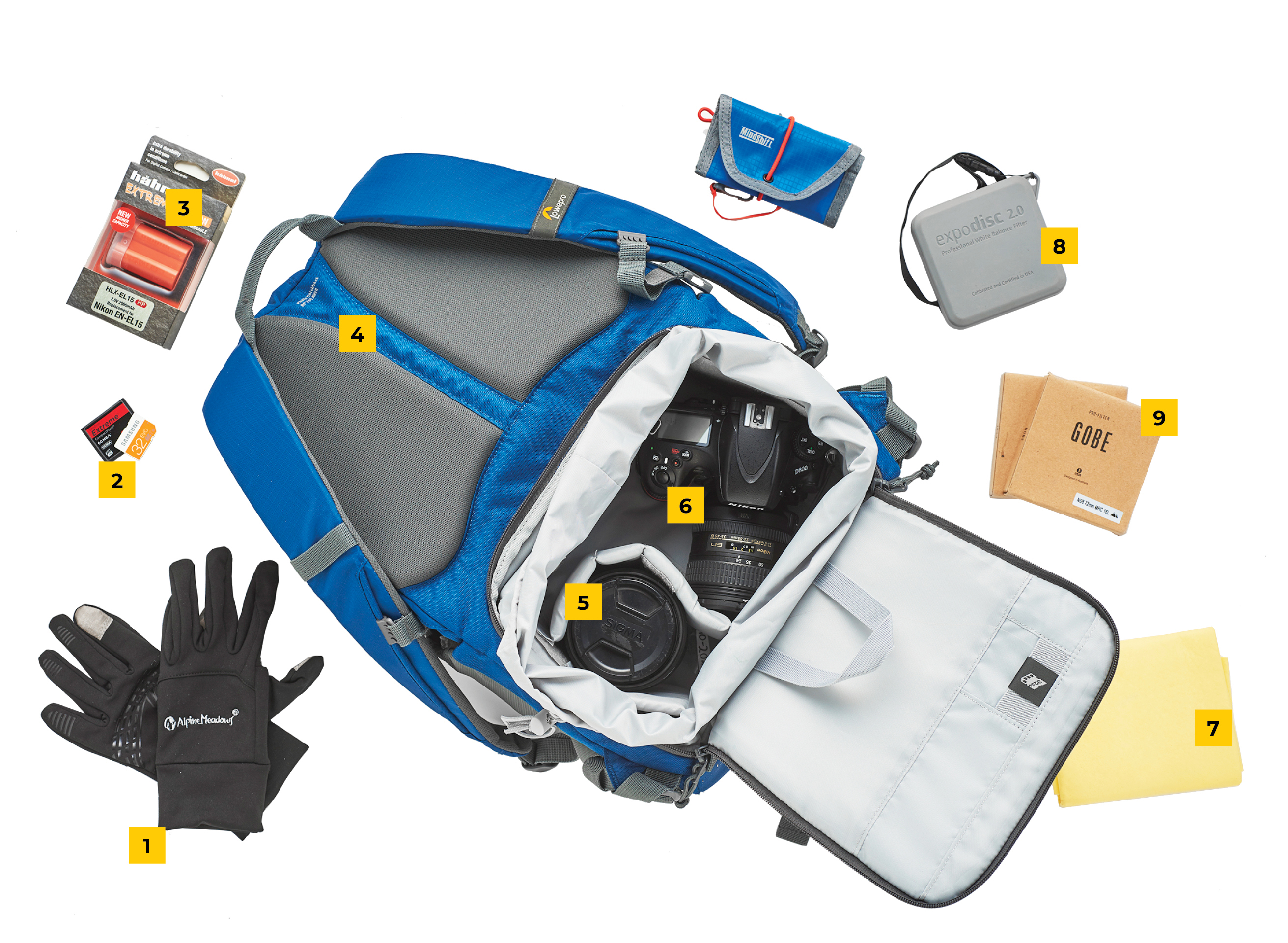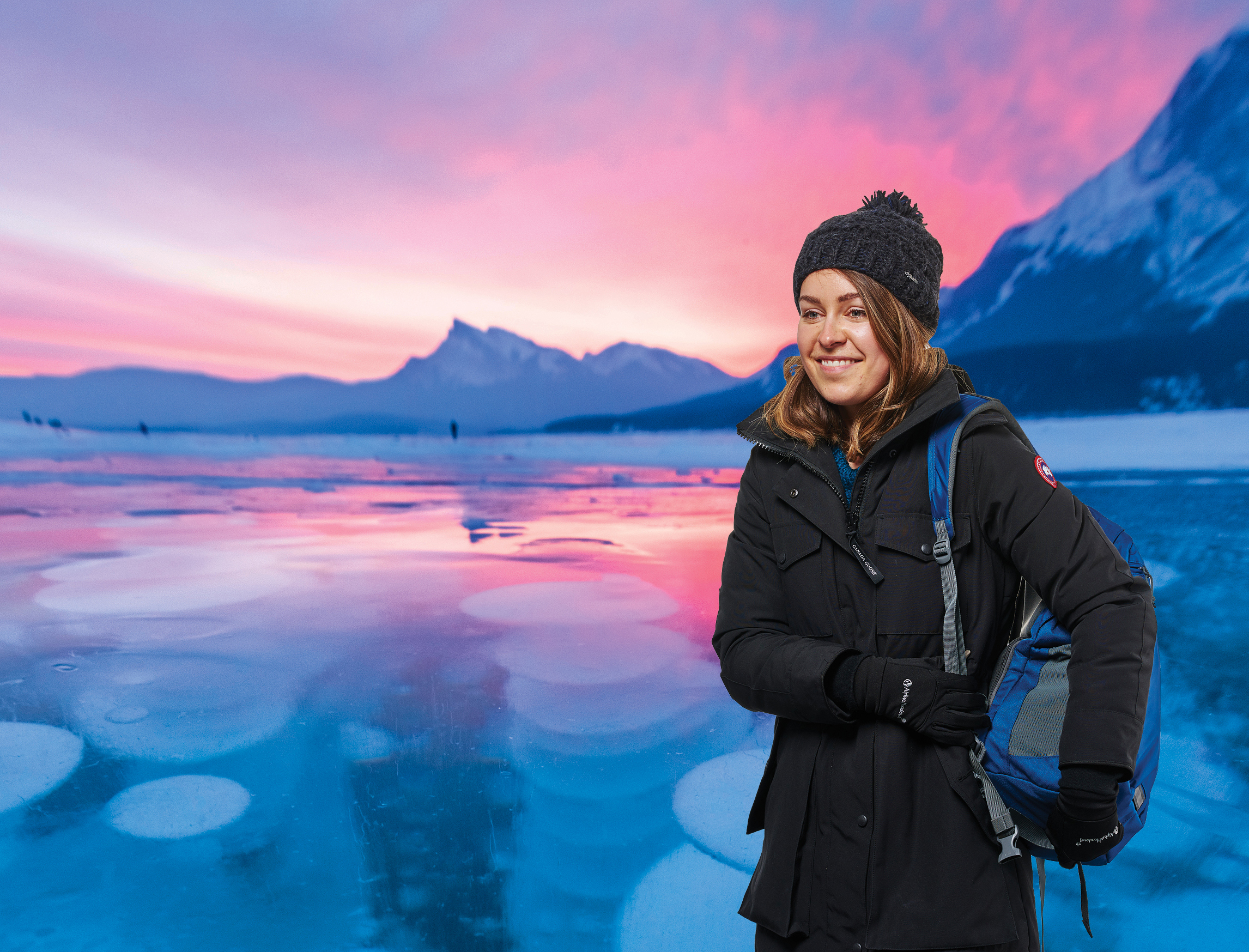How to shoot amazing winter landscapes – Part 1: 10 kitbag essentials
10 top bits of kit and camera gear you need for shooting scenes in the cold conditions and low light of the season

Many parts of the world are lucky enough to have four distinct seasons. For landscape lovers, that means four different seasons of weather, conditions and climates to capture and enjoy.
Brave it out in the cold, and you’ll be rewarded with some stunning photo opportunities. While it might not snow in every location, elements such as frost and ice are just as photogenic.
At this time of year, the sun hangs much lower over the horizon, so there’s plenty of opportunity for backlighting subjects. For the sleepier shooters among us, later sunrise times in winter also mean setting a later alarm.
In this four-part series we’ll cover the best ways to capture, enhance and embrace the winter light and conditions, starting with the gear you need to shoot safely and comfortably in winter conditions.
Essential winter shooting kit

1. Technical gloves
Gloves are a must in freezing temperatures. You might want to try touchscreen-friendly ones, which will allow you to operate the camera more easily.
2. Pro memory cards
In extreme conditions, don’t be let down by poor-quality storage. Some memory cards are more rugged than others, and the waterproof Samsung Extreme cards I often use can endure operating temperatures up to -13°F / -25ºC.
3. Spare batteries
Extreme temperatures can wreak havoc on battery life, so make sure you have plenty of extra juice out in the field. Keep your batteries warm in coat pockets, too.
4. Waterproof camera bag
What kind of camera bag will excel in winter? A backpack with padded straps is best. Check out its waterproof credentials so you can leave it lying on the snow if needed.
5. Range of lenses
The best wide-angle lenses (such as a 14-24mm) are the go-to for landscapes, but a flexible telephoto is useful, too. By using longer focal lengths, you’ll be able to compress details in the scene and create a more intimate field of view.
6. Weather-sealed camera
Ensure that your camera can deal with the demands of winter. My weatherproofed Nikon D800 might be a bit old and clunky now, but it has a magnesium alloy body, making it resistant to moisture. You don't have to use a DSLR here, either. High-end cameras such as the Olympus OM-D E-M1 Mark III are fully weather-sealed.
7. Chamois cloth
You might want to keep a batch of special cloths on you to clean and clear steamy lenses out in the field. When your kit experiences quick shifts in temperature, condensation is also likely to form and should be minimized.
8. Grey card or filter
White balance is easy to change later in post-processing when you shoot images in raw. However, if you want to set an accurate white balance in-camera and record snow accurately, get a calibrated grey card or filter to take a reading from.
9. Photo filters
Add neutral density filters (standard and graduated) and polarizing filters to stop down exposures and cut down on reflections. Screw-on filters can save weight and space, but you’ll need one to fit every lens.
10. Sturdy tripod
In low light, a tripod is a vital support to keep images sharp. Unless winds are strong, you can often get away with a compact travel tripod. For stability, choose one that extends to eye level without using a central column.
Read more:
• Best cameras for landscapes
• Best lenses for landscapes
What to wear to keep toasty and comfortable

Winter is inherently damp, cold and extreme, and this really puts kit to the test. After a shoot, minimize condensation by leaving gear in an intermediate place like a porch – this slows the change in temperature from cold to hot
QUICK TIP!
1. Thick, woolly hat
A good beanie will protect you from cold winds. The Barts hat we’re loving here is made from a warm wool blend, but has a fleece lining to avoid itchiness.
2. Camera-friendly mitts
We’ve mentioned gloves as a piece of gear, but they’re also vital for warmth. If you don’t want to fork out on the best gloves for photographers, wear fleece mitts that still let you use your fingers.
3. Thermal base layers
It’s better to wear many thin base layers rather than one bulky one. Opt for microfleece, but make sure that it’s breathable.
4. Technical coat
A jacket needs to be cozy, but practical. This Canada Goose Parka has rib-knit cuffs to trap heat; a reflective flap at the back, for visibility in low light; and plenty of pockets to keep camera accessories handy.
5. Walking boots
When conditions underfoot are icy, a good pair of boots (such as Sorel snow boots) make it easier to walk. Team boots up with thick socks.
6. Flask of hot drink
So, not quite one to wear… but it’s easy to get dehydrated while carrying a lot of gear, even in winter. You’ll be thankful for a Thermos when the cold starts to seep in!
Read more:
Landscape photography tips
Best camera for landscapes
Best lenses for landscapes
Get the Digital Camera World Newsletter
The best camera deals, reviews, product advice, and unmissable photography news, direct to your inbox!

Lauren is a writer, reviewer, and photographer with ten years of experience in the camera industry. She's the former Managing Editor of Digital Camera World, and previously served as Editor of Digital Photographer magazine, Technique editor for PhotoPlus: The Canon Magazine, and Deputy Editor of our sister publication, Digital Camera Magazine. An experienced journalist and freelance photographer, Lauren also has bylines at Tech Radar, Space.com, Canon Europe, PCGamesN, T3, Stuff, and British Airways' in-flight magazine. When she's not testing gear for DCW, she's probably in the kitchen testing yet another new curry recipe or walking in the Cotswolds with her Flat-coated Retriever.
